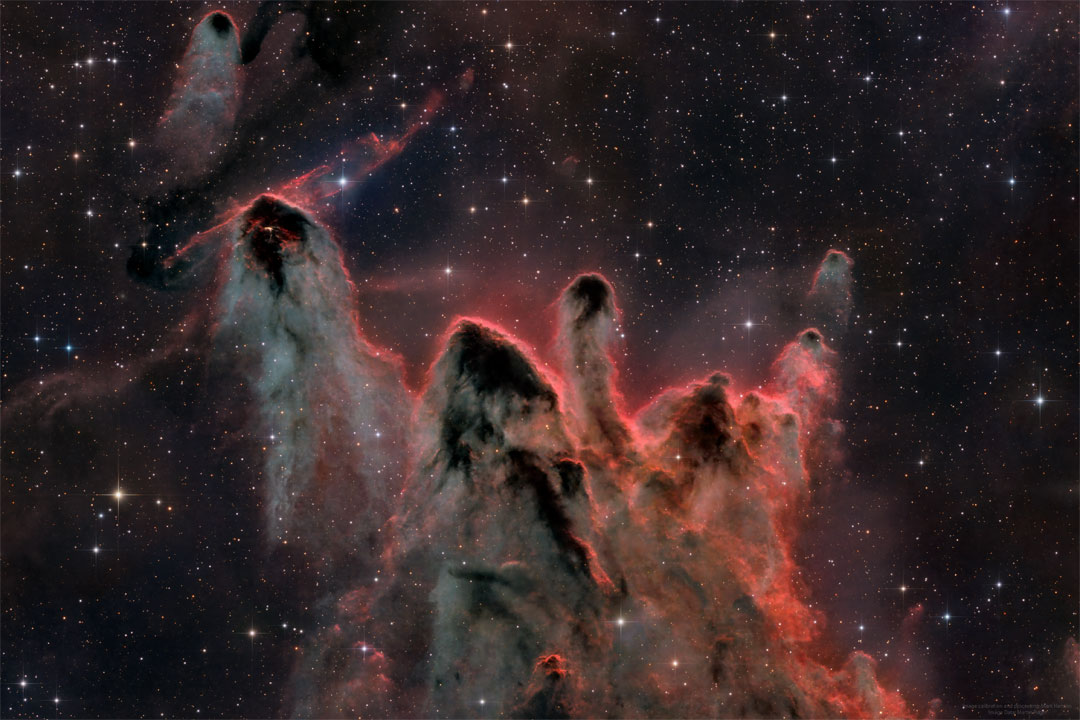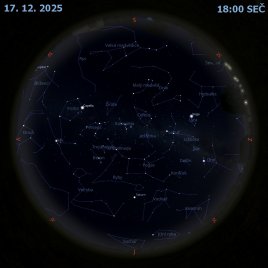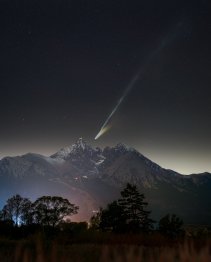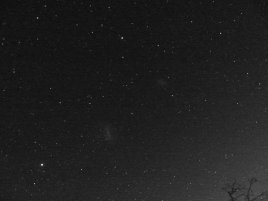Kometární globule

Uznání a copyright: Mark Hanson & Martin Pugh, Observatorio El Sauce
Co jsou tyto neobvyklé mezihvězdné struktury zač? Jasně lemované tokové útvary shromážděné poblíž středu toto bohatého hvězdného pole v hranicích jižních námořních souhvězdí Lodní záď a Plachty (Pupis + Vela). Uskupení světelný rok velkých kometárních globulí z mezihvězdného plynu a prachu je asi 1300 světelných roků daleko. Tvar globulí pomohlo utvářet energetické ultrafialové světlo z blízkých horkých hvězd a také ionizovalo jejich jasné okraje. Globule také proudí pryč od pozůstatku po supernově v Plachtách, což mohlo ovlivnit jejich dozadu obrácené útvary. Uvnitř nich nejspíš kolabují jádra chladného plynu a prachu za vzniku hvězd o nízké hmotnosti, jejichž vznik nakonec způsobí rozptýlení globulí. Kometární globule CG 30 (vlevo nahoře) vykazuje v blízkosti své hlavy malou načervenalou záři, poznávací znamení energetických výtrysků z hvězdy v raných fázích vzniku.
Seznam odkazů v popisu
- HansonAstronomy.com: CG 30 AND 31
- Wikipedia: Argo_Navis
- NASA: What Is a Light-Year?
- APOD: 2007-12-15 Hory stvoření
- arXiv.org: Low Mass Star Formation in the Gum Nebula: The CG~30/31/38 complex
- APOD: 2019-01-10 Mozaika zbytku supernovy v Plachtách
- Twimg.com: Foto: Kočka na gauči :-)
- APOD: 2023-01-04 CG4: Globule a galaxie
- Harvard.edu: Optical polarization studies of Herbig-Haro objects - VII. HH 120 in the cometary globule CG 30.
- NASA: Exploring the Birth of Stars
NASA Official: Phillip Newman Specific rights apply. NASA Web Privacy Policy and Important Notices
A service of: ASD at NASA / GSFC & Michigan Tech. U.
Odkaz na originální APOD


